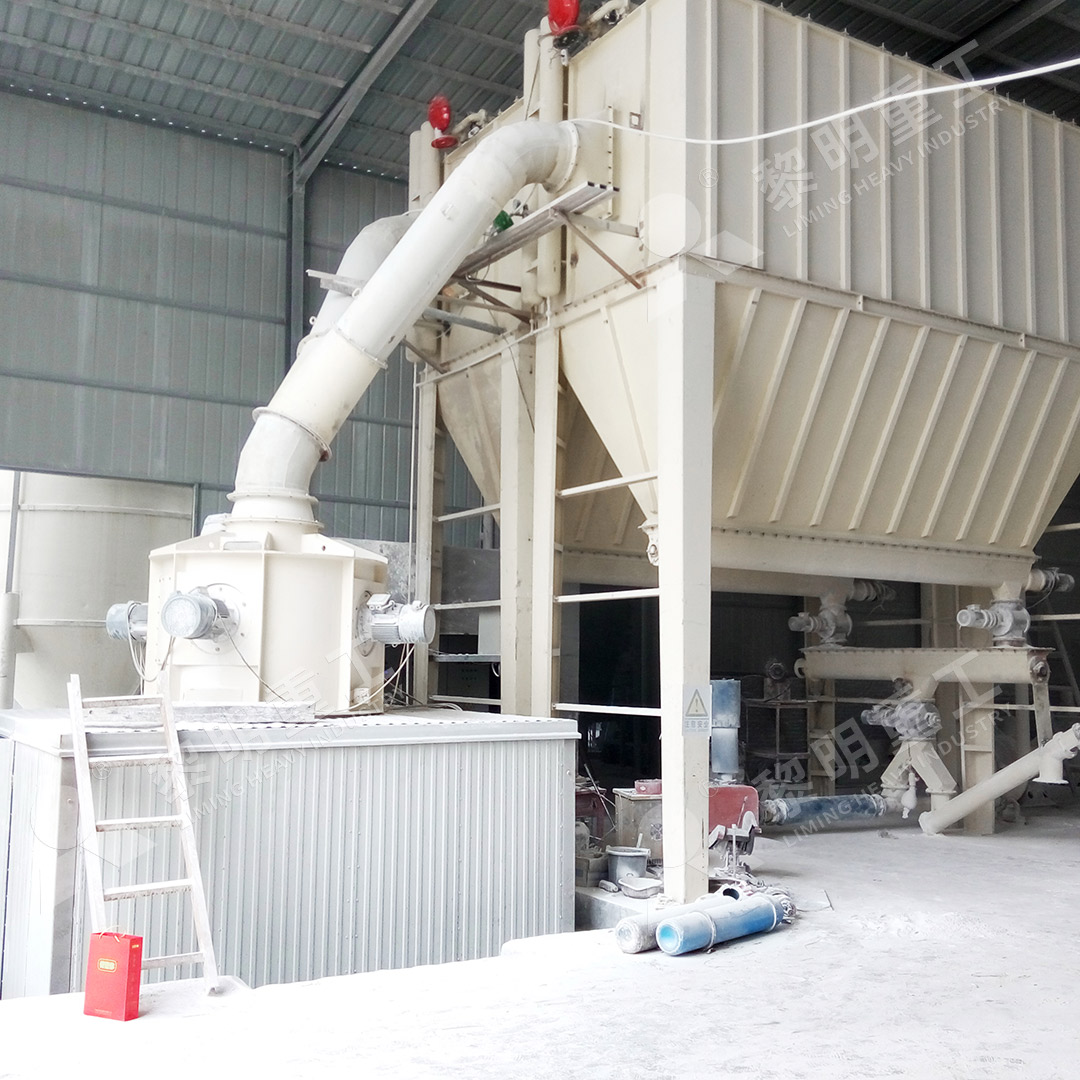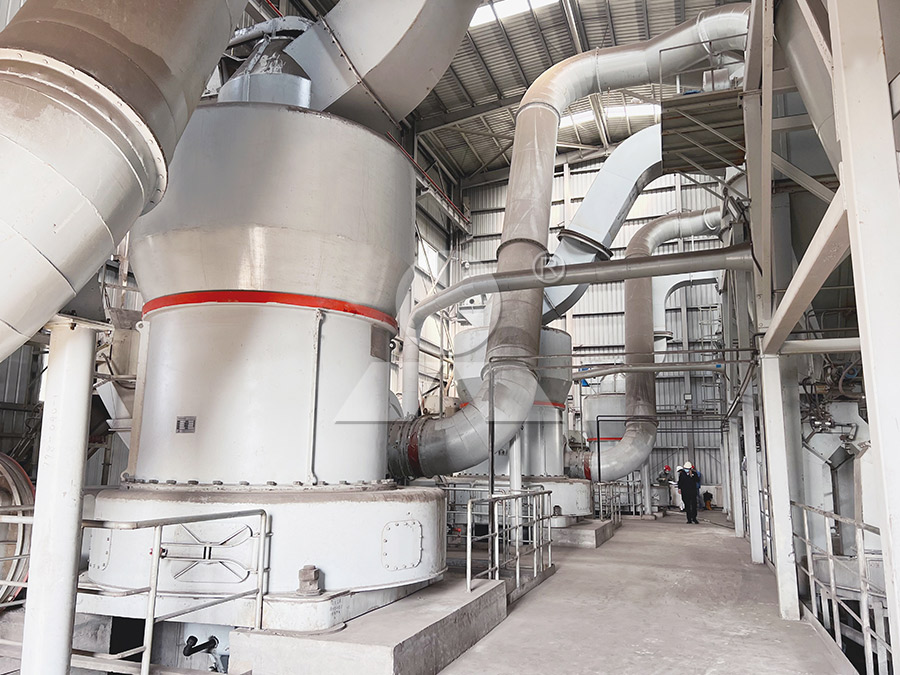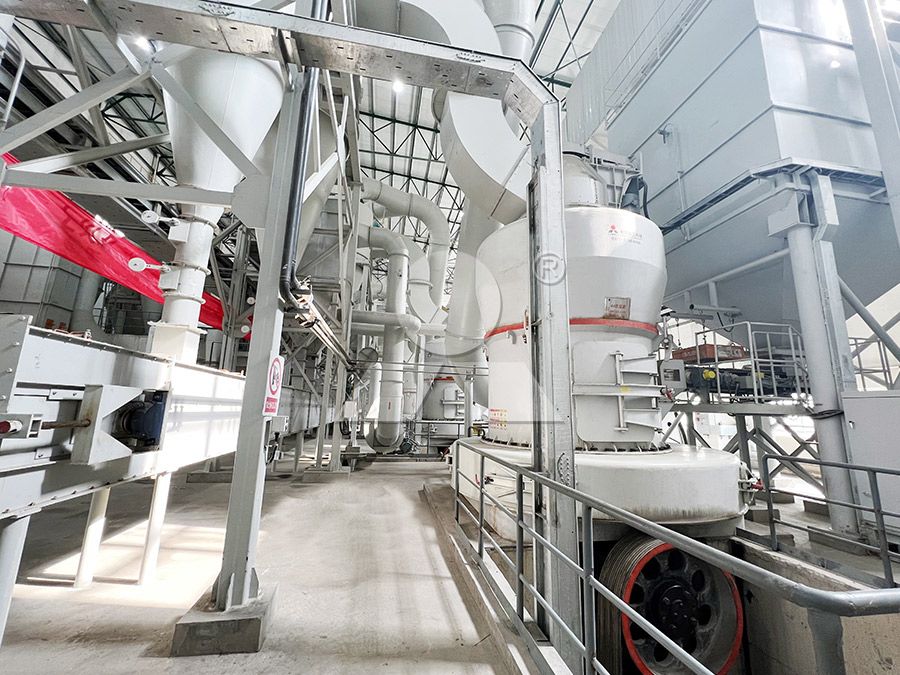High Efficiency Stone Suspension Roller Grinding Mill for Fine Powder Production
Revolutionizing Fine Powder Production with Advanced Grinding Technology
In today’s competitive industrial landscape, achieving optimal fine powder production requires sophisticated grinding solutions that balance efficiency, precision, and environmental responsibility. The stone suspension roller grinding mill represents a significant advancement in powder processing technology, offering manufacturers unprecedented control over particle size distribution and production output.

The Evolution of Grinding Precision
Traditional grinding methods often struggle with inconsistent particle size, high energy consumption, and environmental concerns. Modern suspension roller grinding mills address these challenges through innovative engineering designs that optimize every aspect of the grinding process. The heart of these systems lies in their ability to maintain consistent grinding pressure and precise material flow throughout the operation.
One standout solution in this category is the MW Ultrafine Grinding Mill, which has been specifically engineered for customers requiring ultra-fine powder production. With an input size capacity of 0-20 mm and production rates ranging from 0.5 to 25 tons per hour, this machine represents the cutting edge of grinding technology. The integrated efficient pulse dust collector and muffler system effectively minimizes dust and noise pollution, ensuring minimal environmental impact throughout the production cycle.
Key Technological Advancements
The most significant breakthrough in modern grinding mills is the implementation of newly designed grinding curves for the grinding roller and grinding ring. This innovation dramatically enhances grinding efficiency, with production capacity increasing by 40% compared to jet grinding mills and stirred grinding mills under the same fineness and power conditions. When compared to traditional ball grinding mills, the yield improvement is even more remarkable, reaching up to double the output.

Perhaps most impressively, the system energy consumption is only 30% of that required by jet grinding mills, representing substantial operational cost savings. The cage-type powder selector, incorporating German technology, significantly enhances powder separation precision. This allows for product fineness adjustment between 325-2500 meshes, with screening rates achieving d97≤5μm in a single pass.
Operational Reliability and Maintenance Advantages
The engineering design of advanced grinding mills eliminates common failure points that plague traditional equipment. The absence of rolling bearings and screws within the grinding chamber removes concerns about bearing damage or sealing part failures. This design also eliminates machine damage problems caused by loose screws, significantly enhancing operational reliability.
The external lubrication system represents another critical advancement, enabling lubrication without shutdown and supporting continuous 24-hour production. This feature is particularly valuable for operations requiring uninterrupted processing or those operating in remote locations where maintenance access may be challenging.
Environmental Compliance and Digital Integration
Modern grinding mills are designed with comprehensive environmental protection systems. The efficient pulse dust collector ensures no dust pollution occurs during operation, while silencers and noise elimination rooms effectively reduce operational noise. These systems are fully compliant with national environmental protection standards, providing peace of mind for environmentally conscious operations.

Digital processing has revolutionized manufacturing precision in grinding mill production. With tens of lines of numerical controlling machine tools, operations including steel plate cutting, bending, planing, milling, and paint spraying are all numerically controlled. This digital integration ensures exceptionally high machining precision, particularly for core components that determine long-term performance and reliability.
Applications Across Industries
High-efficiency grinding mills serve diverse applications across multiple industries. From processing limestone, calcite, and dolomite to handling petroleum coal, gypsum, barite, marble, talc, and coal powder, these systems demonstrate remarkable versatility. The technology finds particular relevance in chemical industries, paint production, cosmetics manufacturing, pharmaceutical applications, and food additive production where precise particle size control is critical.
Frequently Asked Questions
What is the typical energy savings compared to traditional grinding mills?
Modern suspension roller grinding mills typically reduce energy consumption by 30-50% compared to traditional jet grinding mills and ball mills, while simultaneously increasing production capacity by 40-100%.
How does the fineness adjustment mechanism work?
The advanced cage-type powder selector allows precise fineness adjustment between 325-2500 meshes through German separation technology, ensuring consistent particle size distribution and high screening efficiency.
What maintenance advantages do these mills offer?
The elimination of rolling bearings and screws in the grinding chamber, combined with external lubrication systems, enables continuous 24-hour operation with minimal maintenance requirements and significantly reduced downtime.
How do these systems address environmental concerns?
Integrated pulse dust collectors, mufflers, and noise elimination rooms ensure compliance with environmental standards, effectively controlling dust emissions and reducing operational noise pollution.
What industries benefit most from this technology?
Chemical processing, paint production, cosmetics, pharmaceuticals, food additives, and mineral processing industries all benefit from the precise particle control and high efficiency of modern grinding mills.
